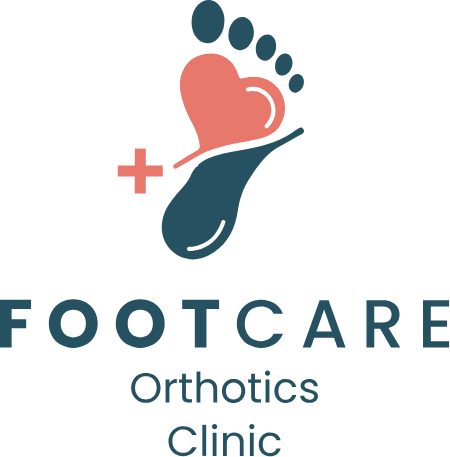Richmond Hill Foot Clinic & Orthotics - Ingrown Toenails
What Are Ingrown Toenails?
An ingrown toenail occurs when the edge of the toenail grows into the surrounding skin, causing pain, redness, swelling, and sometimes infection. It’s one of the most common foot problems we treat—and the good news is, effective relief is available.
What Causes Ingrown Toenails?
Several factors can lead to ingrown toenails, including:
- Improper toenail trimming (cutting nails too short or rounding the edges)
- Wearing tight or ill-fitting shoes
- Injury or trauma to the toenail
- Genetic predisposition (some people naturally have curved nails)
Fungal infections or thickened nails
Common Symptoms:
- Pain or tenderness along the side of the nail
- Redness and swelling around the nail
- Pus or drainage if an infection is present
- Difficulty wearing shoes or walking comfortably
Our Treatment Options
We offer a range of treatment options tailored to the severity of the condition, including:
- Conservative care: Gentle lifting and trimming of the nail edge for minor cases.
- Nail bracing or packing: To help guide the nail to grow in the right direction.
- Partial Nail Removal: A quick, in-office procedure performed under local anaesthetic to remove the ingrown portion of the nail.
- Partial Nail Avulsion: A more long-term solution where a chemical agent is applied to the root of the nail to prevent the ingrown portion of the nail from growing back.
When Do I Need Surgery?
Surgery may be necessary when an ingrown toenail becomes a recurring problem, especially if it frequently gets infected, causes persistent pain, or makes it difficult to wear shoes comfortably.
At our clinic, the most common surgical procedure we perform for this condition is called a Partial Nail Avulsion (PNA). A PNA is a minor surgical procedure used to treat ingrown toenails. It involves removing a small section of the nail from the edge where it is growing into the skin, helping to relieve pressure, pain, and prevent future infections.
During the procedure, a chemical agent is applied to the base (root) of the nail to prevent the ingrown portion from growing back, offering a more permanent solution to recurring problems
Is Surgery Covered by OHIP?
Procedures performed at our clinic, including Partial Nail Avulsion (PNA), are not covered under OHIP. However, many private insurance plans—such as those provided through an employer, school, or personal health benefits—may cover part or all of the cost.
If you’re unsure whether you’re covered, we recommend checking with your insurance provider. We’re happy to assist by:
- Booking you in for an initial assessment
- Providing a detailed cost estimate and documentation that you can submit to your insurance company
Our team is here to make the process as smooth as possible and answer any questions you may have about coverage, paperwork, or the procedure itself.
